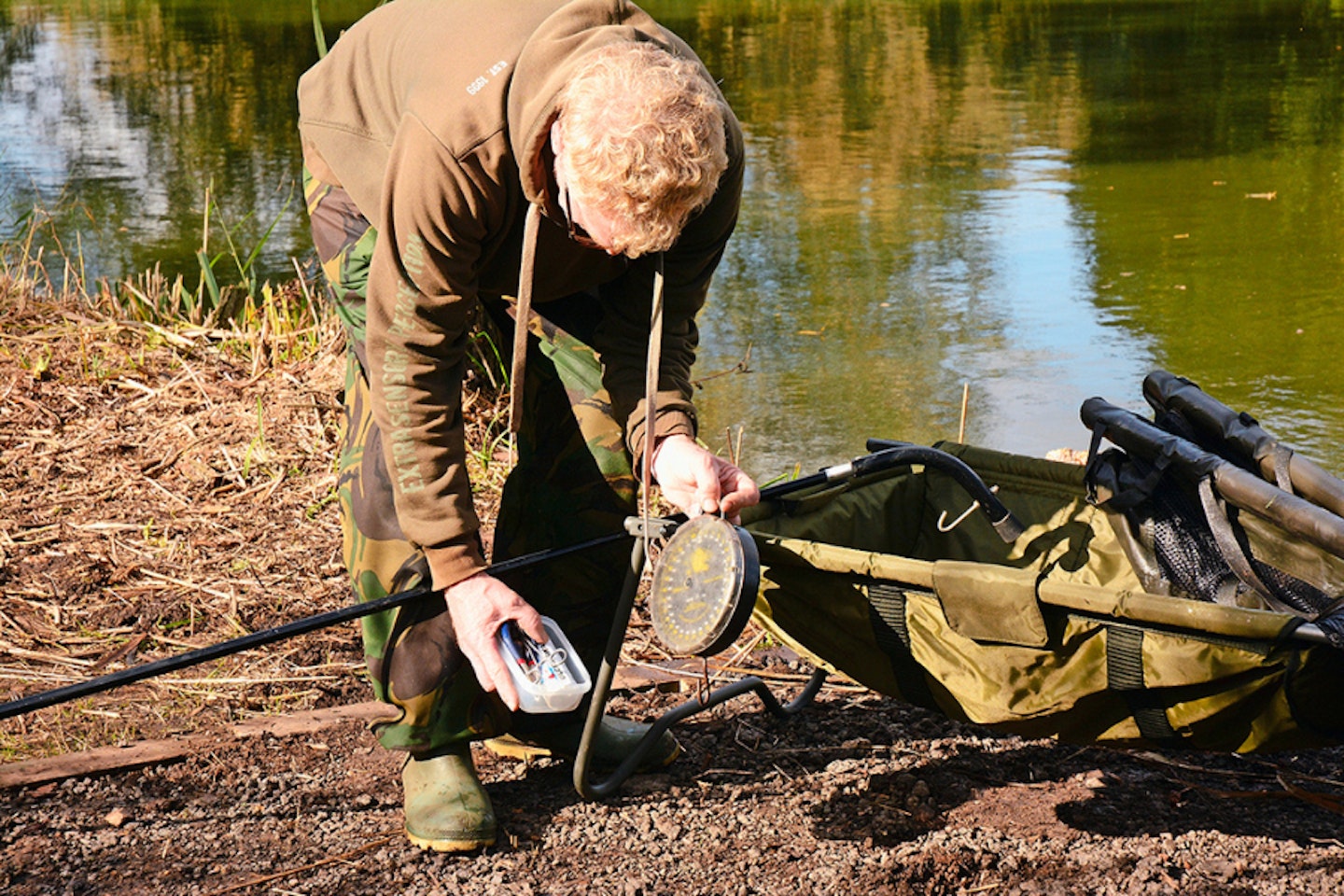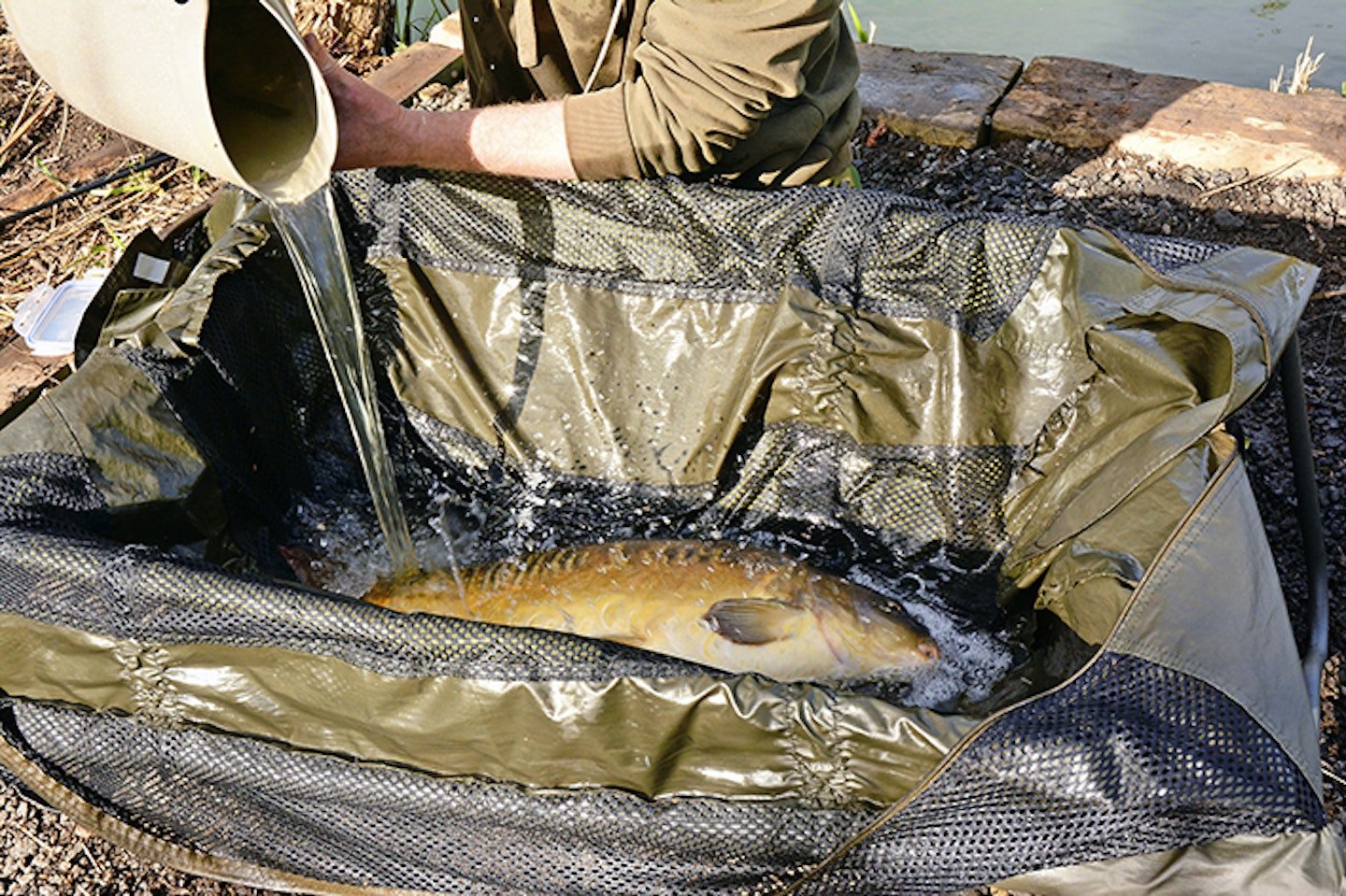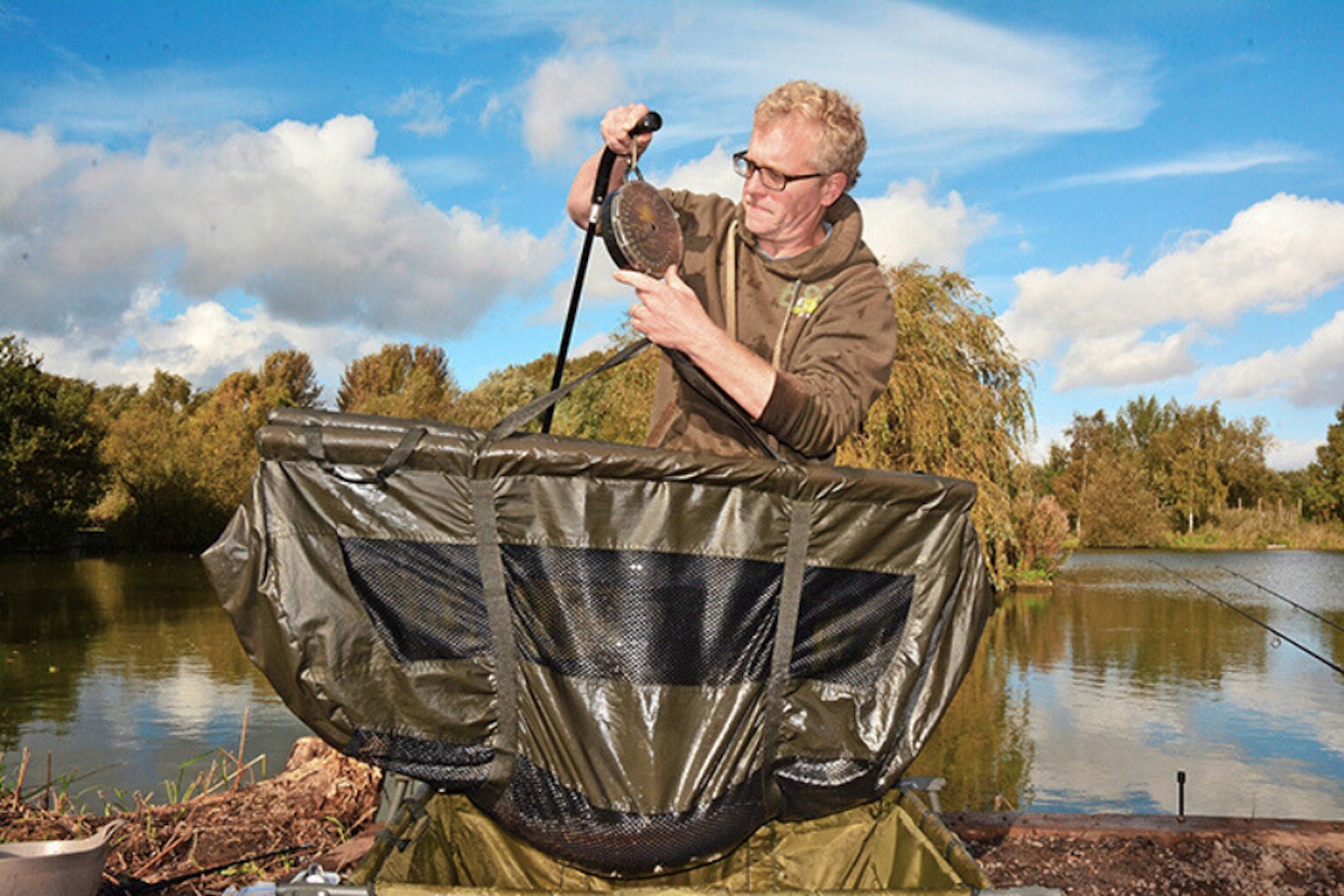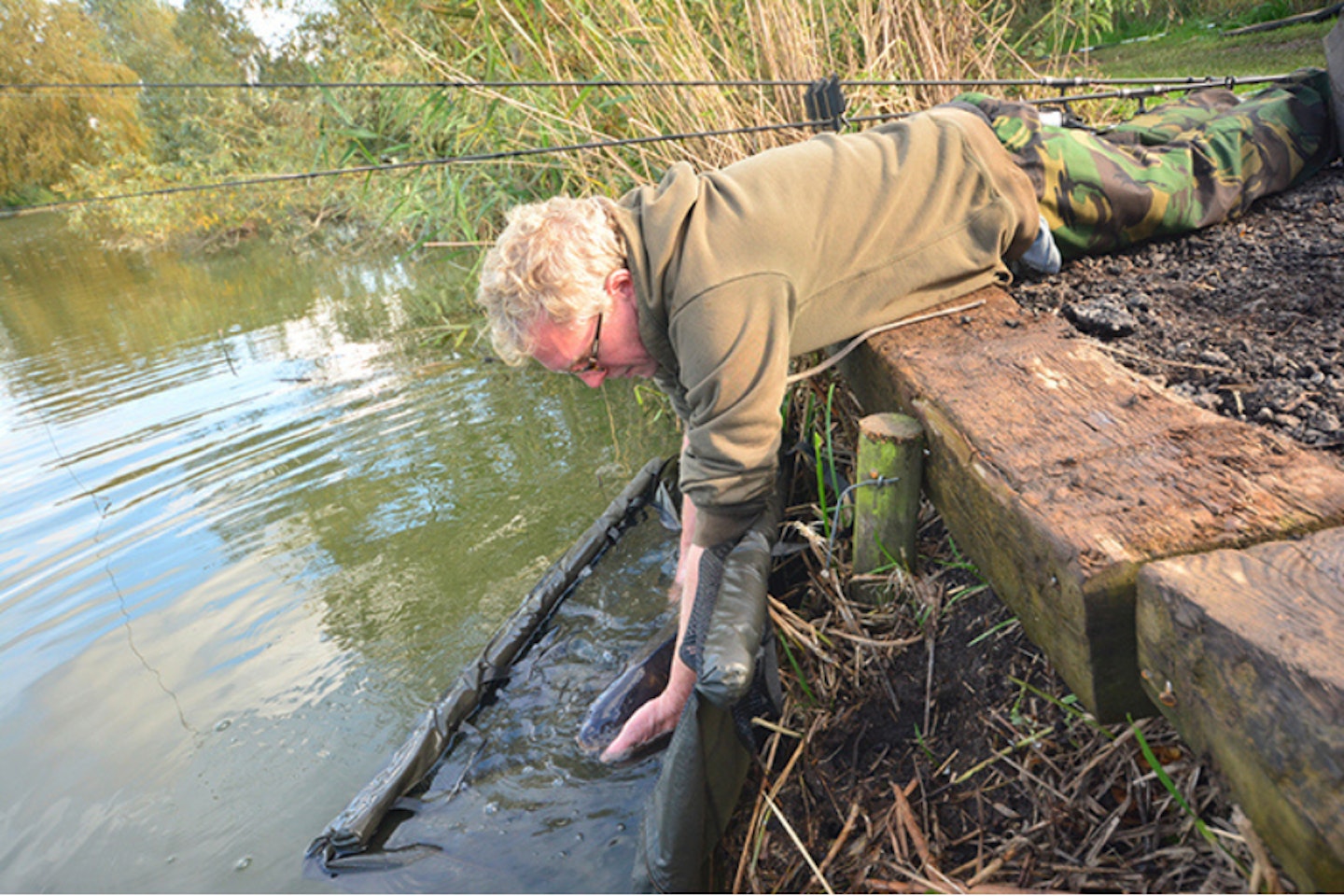It’s a unique thrill in angling, the moment when the line tightens, the rod bends over, and you realise you've hooked something substantial. As the fish surfaces, heart pounding, the inevitable question arises: "what does it weigh?" For beginners, accurately and safely weighing a fish is as crucial as the catch itself. Here's how to do it right.
Be prepared
Before you even cast your line, ensure you have the necessary equipment. A reliable set of scales, a damp weigh sling or net, and an unhooking mat are essential bits of kit. Digital scales are popular for their ease of use, but mechanical dial scales are often preferred for their reliability, durability and consistency. Whichever you choose, familiarise yourself with its operation beforehand.
IF YOU WANT TO WEIGH FISH ACCURATELY, USE THE BEST FISHING SCALES!

Handling your catch with care
Once you've landed the fish, minimise its time out of water. Place it gently on a damp unhooking mat to prevent damage to its protective slime coating. If you're using a weigh sling, ensure it's wet to avoid removing this vital layer of protection. Carefully transfer the fish into the sling, supporting its weight evenly and ensuring pectoral fins are flat to the body to prevent tearing or injury. You can use a strong plastic bag for smaller fish like dace and roach to get a more accurate reading.
IF YOU ARE NEW TO FISHING, HERE IS A BEGINNERS GUIDE TO HELP YOU!

Zeroing the scales
Accuracy starts with zeroing your scales. Hang the empty, damp sling on the scales and adjust to zero. This step ensures that the weight recorded reflects only the fish, not the sling. Skipping this can lead to inaccurate readings and potential disputes over the fish's true weight.
HERE ARE SOME GREAT VENUES WHERE YOU CAN CATCH SOME BIG FISH.

Weighing the fish
With the fish securely in the sling, lift it using the scales, ensuring you hold them at the top to avoid skewed readings. If possible, use a tripod or weighing bar for stability. Record the weight promptly, then gently return the fish to the water, supporting it until it swims away under its own power.

